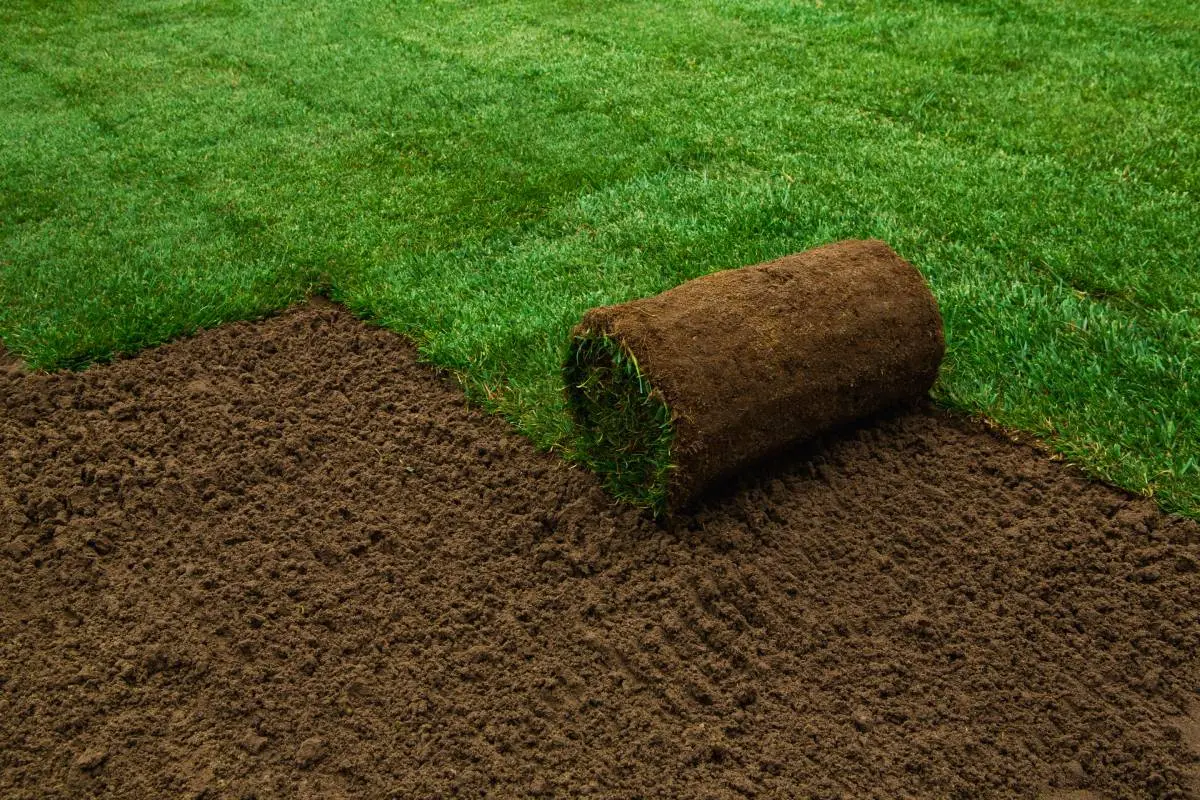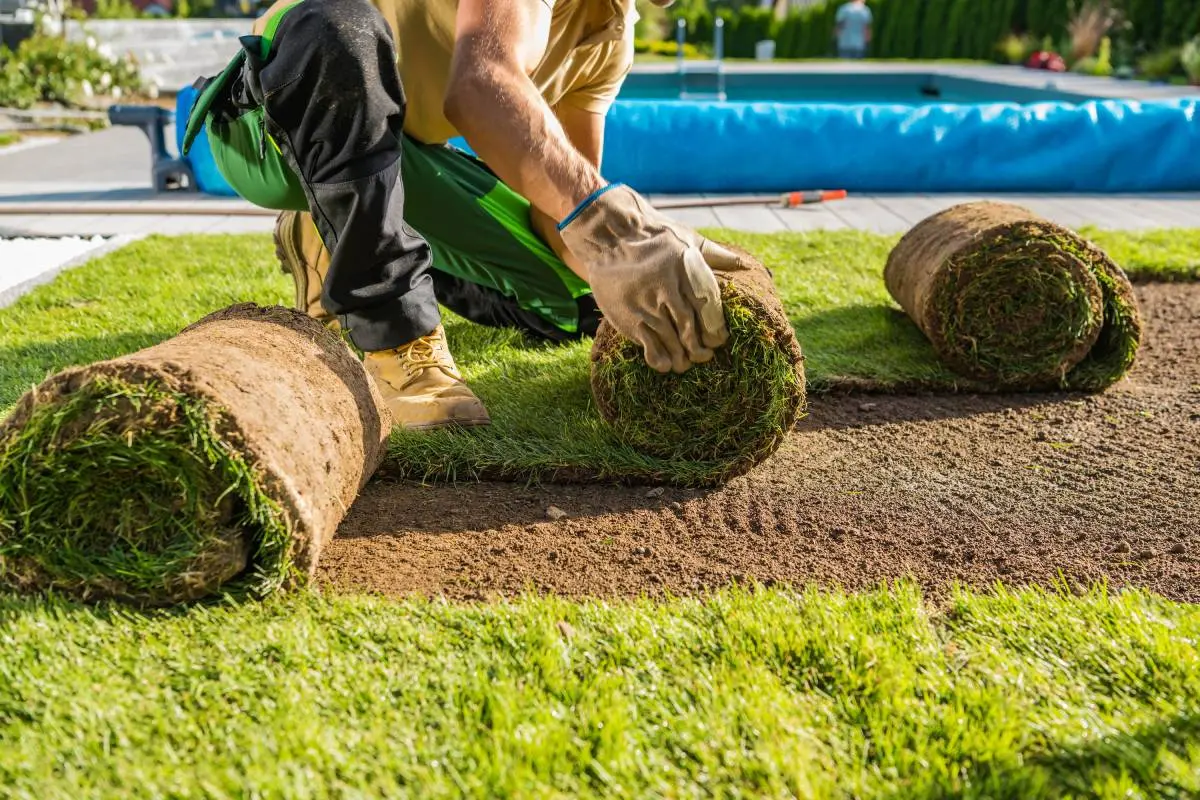Table of Contents
- 1. Understanding the Turf Market
- 2. Laying the Groundwork with a Clear Business Plan
- 3. Selecting Your Services and Pricing Strategies
- 4. Legal and Administrative Considerations
- 5. Operations: Tools, Crew, and Supplier Relationships
- 6. Marketing for Visibility and Growth
- 7. Practical Tips for Sustained Success
- Conclusion
- FAQ
Artificial turf is taking the landscaping and sports industries by storm — with more than 265 million square feet of artificial turf installed each year in the U.S., according to the Synthetic Turf Council. Many homeowners appreciate the reduced watering and maintenance, and athletic programs rely on turf for consistent performance. This growth offers promising opportunities for anyone interested in starting a turf business.
While there are regulatory nuances in certain locations, interest in artificial turf remains strong in many parts of the country. Specialty projects, such as putting greens or community fields, can yield profit margins as high as 50% to 70% when managed efficiently.
The information below covers planning, pricing, operations, and marketing so you can determine how to start a turf business that stands on a solid foundation.
1. Understanding the Turf Market
Before tapping into business opportunities, take time to understand the diverse turf market. The national turf sector includes residential lawns, playgrounds, sports fields, office courtyards, and more. Some companies even install rooftop turf for urban buildings. This range of applications means there is potential to tailor your turf business to the audience you know best, whether that’s homeowners, commercial clients, or athletic directors.

At the same time, avoid a one-size-fits-all approach. Different property types have different requirements for thickness, durability, drainage, or infill options. Learning about product variations — such as non-infill turf or turf designed to stay cooler under direct sun — helps you serve a broader client base. By matching the right turf material to each project, you can set yourself apart from competitors who only offer one style.
2. Laying the Groundwork with a Clear Business Plan
A well-prepared plan helps you see the bigger picture and address common hurdles before they become problems. Aim for a concise but thorough document that covers your target customers, initial investment, operational strategy, and revenue projections.
Instead of listing generic goals, outline the specific types of installations you aim to provide. Some entrepreneurs focus on residential backyards, while others seek out commercial and sports projects. If you’re curious about how to start a football turf business, highlight the field specifications you plan to meet, the safety standards you’ll follow, and the relationships you might form with local athletic organizations.
Your business plan should also detail how you plan to handle overhead costs and measure profitability on each install. By setting performance targets — such as the number of projects you want to complete each month — you can compare actual outcomes to your projections and pivot if necessary.
3. Selecting Your Services and Pricing Strategies
Most artificial grass turf company owners begin with straightforward lawn replacements, but you can expand into custom putting greens, playground surfaces, and sports fields as you gain experience. It helps to decide what core services you will offer from the outset, even if you introduce more specialized installs later.
When pricing a job, consider labor costs for ground preparation, materials (including turf, infill, and adhesives), disposal of existing sod, and other overhead. A common method is to price by the square foot, though some projects require extra calculations if the site is difficult to access or if custom design work is involved. Offering different package tiers — basic, mid-range, or premium — gives clients flexibility while letting you capture a range of budgets.
Some new owners wonder how to grow an artificial grass business revenue without undercutting profit margins. One option is to add maintenance programs for brushing, cleaning, and seam checks. Another is to offer add-ons such as built-in odor control for pet areas or shock pads for playgrounds.
4. Legal and Administrative Considerations
Research the contractor license requirements for your location and determine whether turf installation falls under general landscaping or a more specialized category. You might also need a local business license, proof of insurance, or bonding.
In addition, many clients want assurance that you’re protecting them and their property, especially if heavy equipment is involved. Carrying general liability coverage reduces your financial risk if an accident occurs, and workers’ compensation is commonly required when you have employees.

While there can be varying rules about drainage or surface materials, the main idea is to stay informed so you can install turf confidently and maintain a professional reputation. For more complex projects, check with city or county offices if a permit is required. Clarifying these details early creates a smoother experience for you and your customers.
5. Operations: Tools, Crew, and Supplier Relationships
For any aspiring entrepreneur, efficient operations is something to focus on for delivering high-quality turf installations on time and within budget. From investing in reliable equipment to training your team and fostering strong supplier relationships, every element plays a role in your success.
Equipment
Standard installations typically require:
- Sod cutter
- Plate compactor
- Shovels
- Rakes
- Utility knives
- Seaming materials
- Infill spreaders
- Power broom
You’ll also need a reliable truck or trailer for hauling materials. Well-maintained tools lead to consistent project timelines and fewer errors. It’s better to invest in quality equipment than to deal with downtime or rework due to subpar tools.
Hiring and Training
Many synthetic grass business owners start small and bring on additional help as they take on bigger installations. If you hire employees or subcontractors, ensure they understand your preferred methods. Mistakes — like uneven base compaction or visible seams — can damage your reputation quickly. A day or two of hands-on training can cut down on warranty calls and boost client satisfaction.
Supplier Relationships
Reliable sourcing can help a synthetic turf company stand out. Timely deliveries and access to multiple product lines let you handle different customer requirements without repeated backorders. Some turf manufacturers provide product samples and marketing materials, which can be useful when demonstrating options to clients.
Establishing solid terms with your suppliers might also mean volume discounts. As you grow, these cost savings can become an essential advantage over smaller competitors. If you position yourself as a synthetic grass company that consistently uses high-grade turf, clients are more likely to see you as a premium option.
6. Marketing for Visibility and Growth
Marketing is your chance to connect with your community. Imagine your brand as that trusted neighbor everyone turns to for expert advice. These are the core elements of marketing you should start with.
Building a Brand
Create a cohesive brand that appears on your vehicles, website, and sales materials. A professional logo and name can help you stay memorable. Also, show photos of completed jobs so prospective clients can see examples of your work. Before-and-after shots, for example, can illustrate the difference a high-quality install makes.
Online Presence
Set up a simple, mobile-friendly site that explains your services, process, and any warranties you offer. Include a section for frequently asked questions, since many property owners might not understand how turf is installed or maintained. Adding testimonials from satisfied customers can help potential clients feel more confident about choosing your company.
Social media platforms like Facebook or Instagram let you display project images and announce limited-time promotions. Finally, invest in local search engine optimization, using local keywords, such as “Synthetic grass installation company near me,” to appear at the top of Google search results.
Referrals and Partnerships
Consider partnering with pool installers, fence builders, or landscapers who don’t offer turf. You can send each other leads and expand your reach without paying hefty advertising fees. Word-of-mouth from other trusted professionals can be more persuasive than traditional ads.

You can also position your services to neighborhood associations, schools, or sports clubs. If you know how to start an artificial turf business and perform a standout job at one sports facility, others in the region may seek you out for similar projects.
Promotions and Financing Options
Offer interesting discounts or special deals to attract new customers and encourage word-of-mouth. Limited-time offers, seasonal promotions, or referral rewards can help generate buzz and bring in more leads. You can also make your services more accessible by offering turf financing. Flexible payment plans allow clients to break up the cost into manageable monthly payments, making it easier for them to move forward with their turf project.
7. Practical Tips for Sustained Success
Success isn’t just about finishing a project. It’s about keeping your customers happy long after the job is done. Think of each installation as the start of a long-term relationship. Here are five practical tips for sustaining a successful turf business.
- Offer Transparency: Explain how long a typical job takes, what materials you use, and what customers should expect over the lifespan of the turf.
- Stay Updated: New turf products appear regularly, including options with better heat retention control or improved drainage. Offering cutting-edge solutions can set you apart.
- Streamline Payments: Some homeowners search for companies that offer financing to customers, so consider solutions that spread out their costs. They might be more willing to invest if the price is broken down into payments.
- Consider Specialty Projects: If you see strong demand for backyard putting greens or sports turf, highlight your ability to handle those installations. Clients who want these features often invest more in added details like perimeter landscaping or advanced infills.
- Follow Up: After completing a job, check in with your customer to make sure everything’s holding up well and they’re satisfied with the results. A simple follow-up shows that you care about quality and service, and it keeps your business top of mind. Happy clients are more likely to refer you to friends, neighbors, or colleagues considering turf for their own yards or facilities.
Conclusion
Building a successful turf business means understanding the market, investing in the right tools, and showcasing genuine expertise to set yourself apart. If you’re still in the early stages of starting an artificial grass business, remember that reliable supplier relationships, well-trained employees, and a clear brand identity can make a substantial difference in how quickly you grow.
Whether you hope to learn how to start an artificial turf business for residential customers or want to explore how to start a football turf business for sports facilities, a focus on quality installations and good customer service will pay off. The steps outlined here provide a roadmap for starting a synthetic grass business that can thrive in a competitive environment.
FAQ
How Do I Decide Which Segment of the Turf Market to Focus On?
The turf market includes residential lawns, playgrounds, sports fields, and even commercial installations like office courtyards. Consider your network and expertise to identify an area to focus on. For instance, if you have connections in the sports community, focusing on athletic fields might be a wise choice.
How Do I Secure Funding or Investment for My Turf Installation Business?
Securing funding typically involves exploring multiple opportunities. Consider Small Business Administration (SBA) loans, traditional bank financing, or even venture capital and angel investors if you have a strong growth plan. Prepare a detailed business plan with realistic financial forecasts, demonstrating your vision and operational strategy and increasing your chances of favorable financing terms.
What Are the Common Challenges New Turf Business Owners Face and How Can I Overcome Them?
Common obstacles include navigating complex local regulations, managing cash flow in the early stages, building reliable supplier networks, and standing out in a competitive market. Overcoming these challenges requires meticulous planning, continuous market research, diligent operating cash flow management, and investing in staff training. Establishing strong relationships with suppliers and local partners also helps mitigate risks and build credibility.
How Does Artificial Turf Impact the Overall Property Value?
A visually appealing and low-maintenance alternative to natural grass can boost a property’s market value. This improved curb appeal can be advantageous in real estate markets, where energy savings and lower upkeep expenses can attract buyers and renters.
What Are the Emerging Trends and Innovations in Synthetic Turf Technology?
The synthetic turf industry is rapidly evolving. Recent trends include advanced cooling systems that reduce surface temperatures, new drainage technologies that prevent waterlogging, and antimicrobial treatments. Sustainability is also a hot topic, as manufacturers tend to produce materials that are easier to recycle.
How Do Seasonal Weather Conditions Affect Artificial Turf Installation?
The weather plays a significant role in the installation process and ongoing maintenance. During extremely hot times, the surface can become uncomfortably warm. On the other hand, extreme cold can damage the material and make it less flexible. As an artificial turf business, you may offer products designed to mitigate these challenges, such as turf with enhanced heat resistance or engineered to maintain performance during winter.
What Safety Certifications or Training Programs Are Recommended for Turf Installation Professionals?
You may consider obtaining OSHA training and industry-specific safety courses. These programs focus on proper equipment handling, installation techniques, and best practices to minimize on-site accidents.
What Strategies Should I Consider for Scaling My Turf Business Over Time?
Scaling your business involves streamlining operations, expanding service offerings, and leveraging technology to improve efficiency. Consider investing in advanced project management tools, digital marketing, and CRM systems. Explore opportunities for strategic partnerships or even franchising once you have established a successful model locally.
Table of Contents
- 1. Understanding the Turf Market
- 2. Laying the Groundwork with a Clear Business Plan
- 3. Selecting Your Services and Pricing Strategies
- 4. Legal and Administrative Considerations
- 5. Operations: Tools, Crew, and Supplier Relationships
- 6. Marketing for Visibility and Growth
- 7. Practical Tips for Sustained Success
- Conclusion
- FAQ


